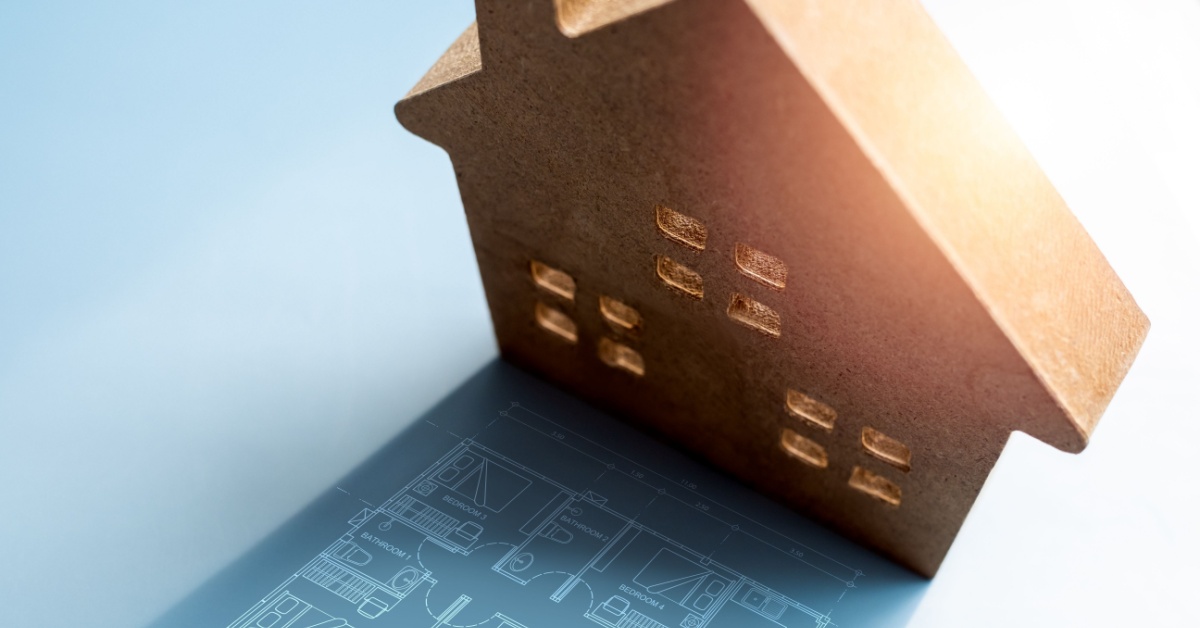Why Both Trump’s and Kamala’s Housing Plans Are Doomed to Fail

Both presidential candidates are out here claiming they can solve the housing affordability crisis that’s leaving millions of Americans stuck renting. Spoiler alert: neither of their plans will actually fix the problem, and Kamala Harris’s ideas might just make things worse.
Let’s break it down: the median home price in the U.S. was over $412,000 at the end of July. That’s a staggering $90,000 (or 28%) more than the amount in 2019, according to the Federal Reserve Bank of St. Louis. Oh, and mortgage rates? They’ve jumped, too. After spending the 2010s under 5%, they’re now averaging 6.2%, and it wasn’t that long ago during the pandemic when they dipped below 3%. With prices up and interest rates high, millions of would-be homeowners are locked out.
Now, why is this happening? It’s all tied to inflation, which has been boosted by massive federal spending and the Federal Reserve pumping up the money supply. But the real villain behind the housing crisis? A ton of state and local regulations that make it way harder—and way pricier—to build new homes. We’re talking about stuff like density restrictions, minimum lot sizes, and environmental regulations. Throw in some building permit quotas and parking requirements, and suddenly building a house is like trying to beat a video game on “insane” mode.
The states on the East and West Coasts love these restrictions, and guess what? They also have the least affordable housing. A couple of economists from Wharton, Joe Gyourko and Jacob Kimmel, found that these zoning rules have added insane costs to land. In San Francisco, they’re tacking on more than $1.6 million per acre to the median lot. Yes, you read that right: over a million. New York, Seattle, and LA aren’t much better, with hundreds of thousands added to land costs thanks to all the red tape.
Here’s the catch: presidential candidates can make all the promises they want, but these regulations are set at state and local levels. Unless the Supreme Court pulls a 180 and reverses a 1926 ruling that lets local governments control zoning (Village of Euclid v. Ambler Realty), no president can really touch this mess.
Let’s look at Harris’s big ideas. She’s got a plan to build 3 million new “housing units,” go after corporate landlords, and hand out $25,000 in down payment assistance to first-time homebuyers. Sounds nice, but the problem is she has no power to knock down those pesky local regulations blocking construction. And her plan to crack down on corporate landlords? That’s just going to shrink the supply of rental units, which means higher rents for everyone else. The $25,000 down payment handouts might help a few lucky folks, but for everyone else, it’ll just drive up home prices even more. Classic supply-and-demand problem: give people more money to buy houses without building more houses, and prices go up.
On the opposite side of this election, Trump is talking about cutting regulations and opening up federal land for large-scale housing construction with “ultra-low regulations.” While this sounds promising, there’s a catch here, too—most federal land isn’t exactly where people need housing, like in San Francisco or New York. So, while it might help a little, it won’t solve the bigger problem facing major cities.
What would actually help? If the federal government could show a little self-control with its spending and keep inflation and mortgage rates down. But surprise, surprise—neither candidate seems too worried about that. The Democrats are avoiding the topic altogether, and earlier this year, Trump said rate cuts are “something they know they shouldn’t be doing.”
It’s worth mentioning that the Federal Reserve doesn’t take orders from the White House, but inflation and fiscal responsibility definitely fall under the president’s job. At this rate, we’ll just keep going in circles while housing gets more expensive.
